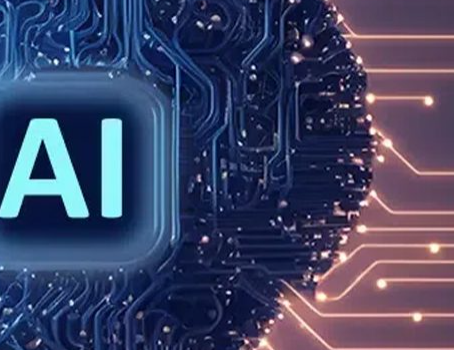
Artificial intelligence (AI) has drawn significant inspiration from the human brain, with neural networks acting as a core component of this technology. The journey of neural networks began back in 1958 when Frank Rosenblatt created the first perceptron, capable of recognizing simple patterns. Although progress was initially slow, recent developments in machine learning and AI have dramatically advanced this field, largely due to breakthroughs in data science, computing power, and algorithm development.
Today, deep learning is at the forefront of machine learning advancements. With the rise of big data and sophisticated algorithms, deep learning is reshaping industries and fueling over 18,000 startups in the U.S. alone. Unlike traditional machine learning, deep learning uses multiple processing layers to perform complex tasks more efficiently. This article will explain deep learning, its key components, applications, and future trends.
What Is Deep Learning?
Deep learning is a specialized branch of machine learning, which itself is a subset of artificial intelligence. While traditional machine learning typically uses linear algorithms, deep learning leverages hierarchical neural networks with multiple layers. Each layer processes data at varying levels of complexity, enabling deep learning algorithms to work with large, diverse datasets and make more accurate predictions.
Deep learning includes several types of learning models, such as supervised learning, unsupervised learning, and reinforcement learning. Each of these techniques plays a unique role in how deep learning algorithms process and learn from data.
Types of Deep Learning
Supervised Learning
Supervised learning involves training algorithms on a large amount of labeled data, where the input data is paired with the correct output. This training process allows the model to learn by comparing its predictions with the actual outputs and adjusting accordingly. This method is ideal for tasks like classification, where the goal is to categorize data into specific groups, and regression, where the algorithm predicts continuous values.
Supervised learning is widely used for applications like spam filtering, image recognition, and medical diagnosis. For example, a supervised learning model could be trained on a dataset of images labeled as “cat” or “dog” to teach the model to identify these animals in new, unseen images.
Unsupervised Learning
In unsupervised learning, algorithms work with unlabeled data to find hidden patterns without explicit guidance on what the outcomes should be. These algorithms are good at clustering similar data points together or discovering associations between different variables. Unsupervised learning is often used in applications like customer segmentation, anomaly detection, and natural language processing.
For instance, an unsupervised learning algorithm could analyze vast amounts of customer data to identify clusters of similar purchasing behaviors without prior knowledge of the types of customers.
Reinforcement Learning
Reinforcement learning differs from both supervised and unsupervised learning. It involves training models through trial and error, where actions taken in an environment result in either rewards or punishments. The model learns by adjusting its actions based on these feedback signals, with the goal of maximizing cumulative rewards over time.
This type of learning is used in applications like self-driving cars and robotics, where systems need to continuously adapt and improve based on real-time data and experiences.
The Future of Deep Learning
Deep learning is rapidly expanding into a variety of fields, with applications ranging from healthcare and finance to autonomous vehicles and entertainment. As its influence grows, experts anticipate both positive and negative consequences, leading to calls for stronger regulations on AI systems. Recent government actions, like the White House’s executive order, have started to set standards for AI safety, fraud detection, and transparency.
The future of deep learning is likely to bring several exciting advancements, such as:
Transfer Learning and Few-Shot Learning
Transfer learning enables a model trained for one task to be applied to similar tasks, which can save time and resources. Few-shot learning is an emerging area where models can learn effectively from minimal labeled data, making it possible to develop powerful models with fewer data requirements.
Attention Mechanisms and Transformers
The use of attention mechanisms, which mimic the human ability to focus on relevant information, has greatly improved natural language processing. This approach is now expanding into other areas like computer vision and object recognition, where it can enhance the ability of deep learning models to process visual and auditory data more accurately.
Interpretable AI
As AI becomes more integral to decision-making, there’s a growing demand for models that are not only effective but also interpretable. Making AI systems more transparent will foster trust and ensure they can be used responsibly in critical areas such as healthcare and autonomous driving.
Edge AI
Edge AI refers to the practice of running AI models on devices closer to the data source, such as smartphones or IoT devices. By processing data locally, edge AI reduces latency and addresses privacy concerns by keeping sensitive data within the device, rather than sending it to centralized servers. This trend is set to become increasingly important as AI continues to power mobile and smart devices.
Conclusion
Deep learning is transforming the way AI systems are built and utilized, providing significant advances in everything from automated decision-making to autonomous vehicles. While the future of deep learning holds immense potential, it also raises important ethical and regulatory questions. As deep learning continues to evolve, it will unlock new possibilities for innovation while also requiring careful consideration of its impact on society.












